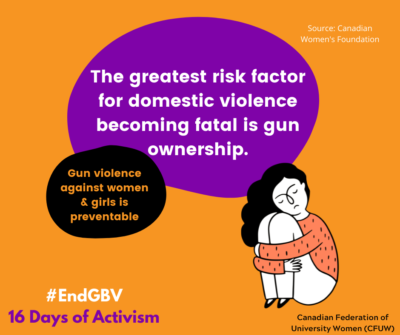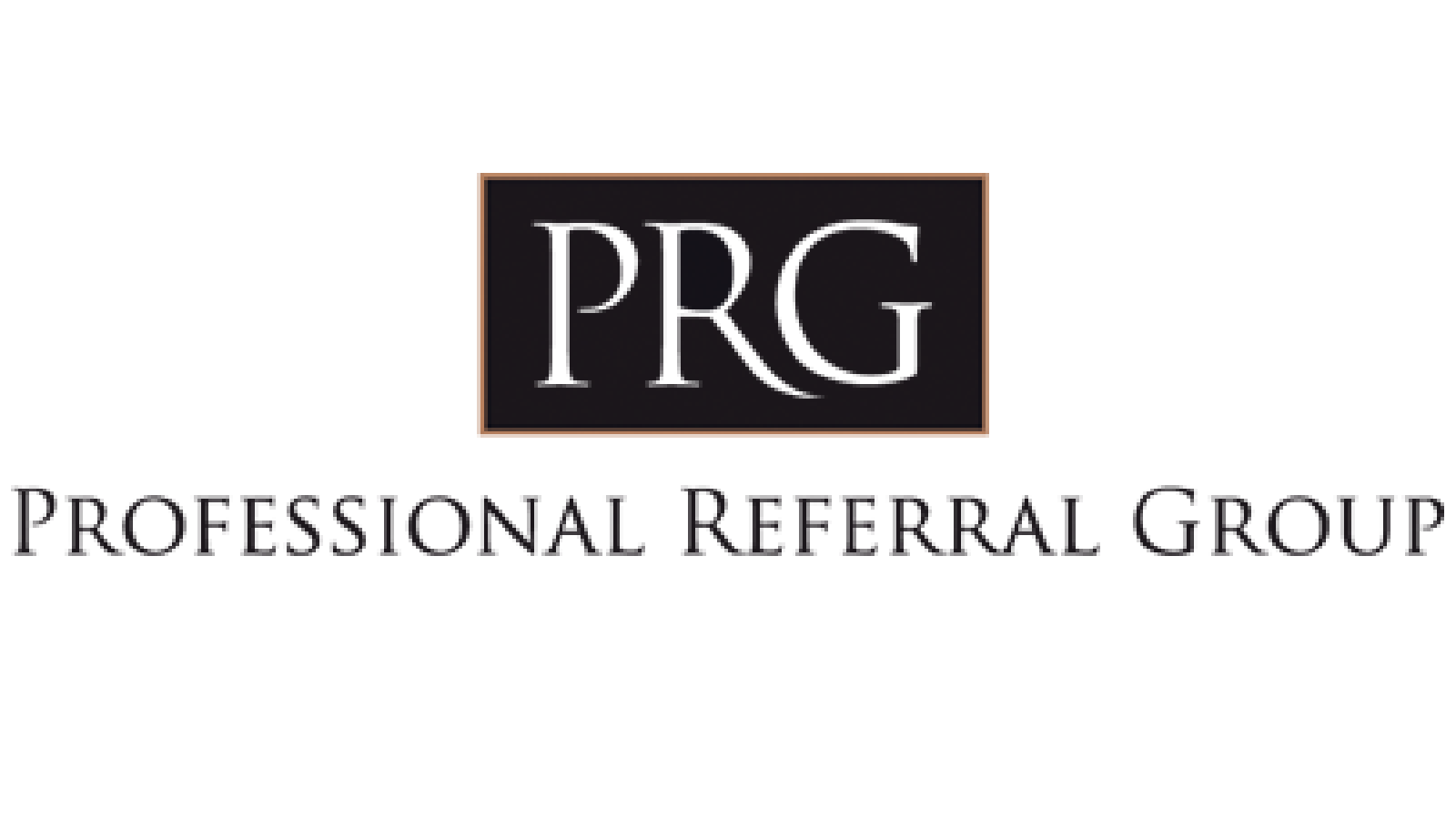 The presence of guns fuels gender-based violence – this is why CFUW supports a total ban on assault weapons, large-capacity magazines, and handguns in Canada.
The presence of guns fuels gender-based violence – this is why CFUW supports a total ban on assault weapons, large-capacity magazines, and handguns in Canada.A lot of factors can turn a violent situation into a lethal one, but the single greatest risk factor for domestic violence becoming fatal isn’t a history of violence, or even prior death threats.
It’s gun ownership.
In the first eight months of 2018, 106 women and girls were killed in Canada, primarily by men. On average, this means a woman or girl is killed almost every other day in this country. And with almost half of femicide victims killed in their homes, women are at greatest risk where they should feel safest. Gun violence in Canada has a hugely disproportionate impact on women and girls.
The modest reforms legislated by Bill C-71 to amend firearms regulations came into force in June 2019. It’s a step forward on gun control in Canada, and the first in many years, but more than a step is needed for women’s safety.
What Are the New Regulations About?
The new regulations:
- require verification of firearm licenses.
- return the task of classifying firearms back to the RCMP. For background, the previous government had moved classification of firearms – which determines how much they are regulated – away from the RCMP and over to a Minister. restore discretion to the Chief Provincial Firearms Officer, who is responsible for decision-making and administrative work related to licences, authorizations to transport and authorizations to carry, and transfers of firearms by individuals and businesses.
- require gun retailers to keep a record of sales, with reference to a licence number and a firearm’s make and model.
- provides access to firearm registry data for the Province of Quebec.
- extends the reach of background checks on applicants who wish to purchase firearms from five years to 10 years.
These changes ultimately mean more and better checks on who can buy, borrow or transport a firearm, and that builds safety for women and girls.
But More is Required
Only six days after the mosque shootings in New Zealand that killed 51 people, Prime Minister Jacinda Ardern announced a ban on semiautomatic weapons. Despite similar acts of violence in Canada, assault weapons and hand guns remain relatively accessible here.
We need legislation that provides further regulation for individuals and dealers who own multiple firearms. As the weapons may be sold or may get stolen, they present an increased risk to public safety.Additionally, firearm legislation will be strengthened with:
- mechanisms to track the stockpiling of firearms.
- requirements for health care workers and other key professionals to report individuals who may be a threat to themselves or others and who should not have access to firearms.
- transparent firearms data collection and analysis, evidence-based policies, and public education about the public health and public safety risks of firearms.
- investment in children and youth and primary prevention services, as well as services for people impacted by gun violence.
- appropriate mechanisms to address non-gunpowder-based firearms, a significant risk to children and youth.
You Can Help
Canada has the fourth highest rate of gun deaths among OECD countries. It’s also one of few to have loosened gun laws in recent decades. Strong controls, including prohibiting citizen ownership of military assault weapons, will help make the lives of all women and girls safer.
You can act by speaking out on this issue with your Federal representatives at any opportunity.
SOURCE: Repost of original article by Canadian Women’s Foundation
 Back to myNiagaraOnline
Back to myNiagaraOnline




















